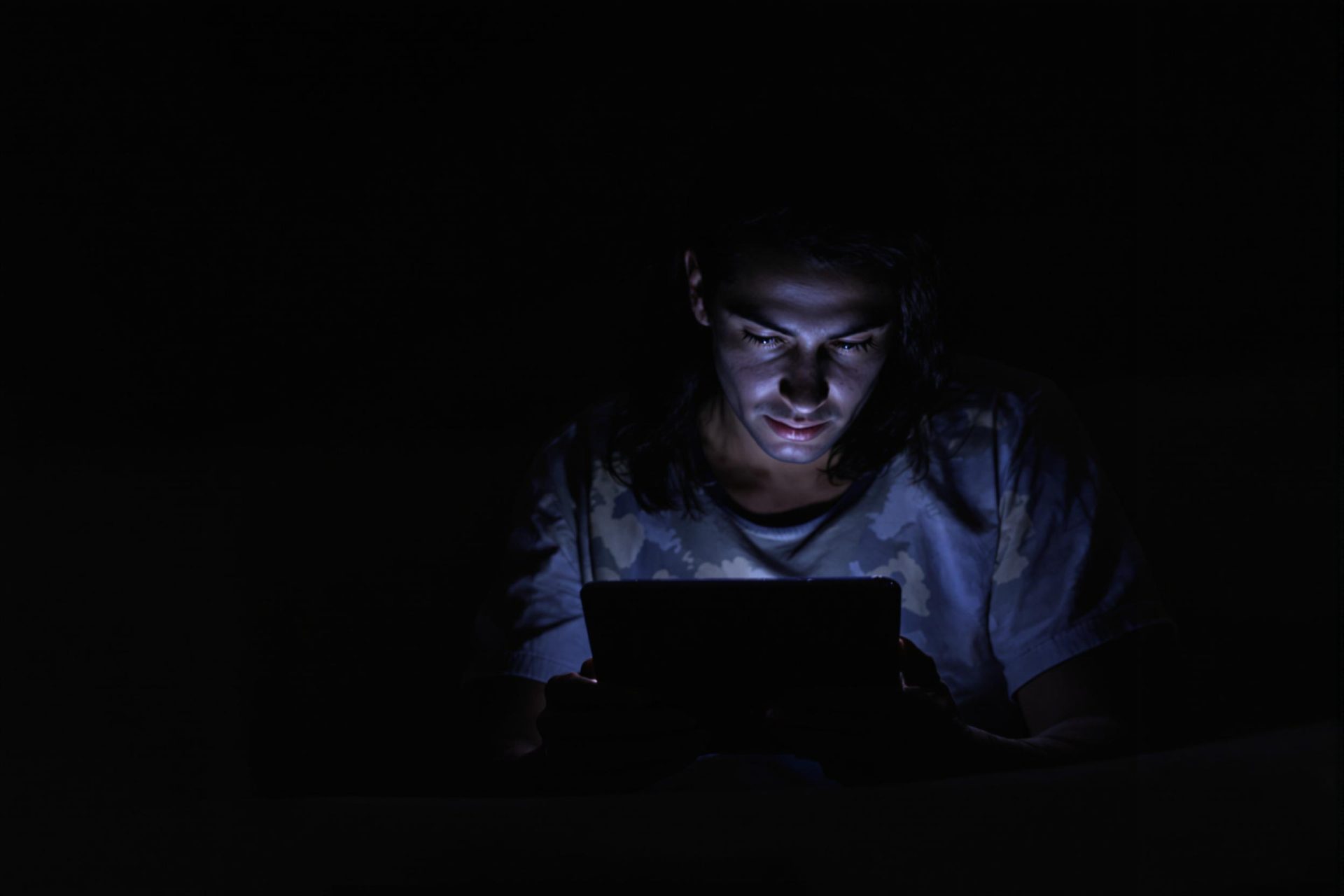Key Takeaways
- New AI-generated deepfake videos can now convincingly mimic human pulses.
- This development challenges deepfake detectors that relied on checking for a pulse to verify authenticity.
- Researchers created deepfakes that successfully fooled these pulse-detecting AI systems.
- The ability to fake vital signs suggests deepfake technology is rapidly advancing, making detection harder.
- This constant back-and-forth makes combating harmful deepfakes increasingly difficult.
AI-generated deepfake videos are becoming incredibly realistic, making it tough to tell them apart from genuine footage. Sophisticated tools can now create manipulated content that fools the human eye.
To spot these fakes, experts use AI detectors that look for subtle clues hidden in the video. One promising clue used to be the presence of a human pulse, visible through tiny color changes in the skin.
Detectors could often reliably label videos showing a pulse as real. However, that reliable method might be losing its edge.
Researchers from Humboldt University of Berlin have shown that new deepfakes can actually replicate these pulse signals. According to their study published in Popular Science, reporting on findings in Frontiers in Imaging, they created deepfake videos that exhibited human-like pulses.
When tested, AI detectors designed to look for heart rates mistakenly flagged these advanced fakes as authentic human videos.
Peter Eisert, a professor involved in the study, stated that these high-quality deepfakes featuring realistic heartbeats are much harder to detect, indicating a significant step up in deepfake capabilities.
Deepfakes use AI to manipulate media like images, video, and audio. While some uses might be harmless, the technology is often linked to serious problems like generating non-consensual sexual imagery, creating fake videos for financial scams, or spreading misinformation using convincing copies of public figures.
Previously, deepfakes often had tell-tale glitches, like odd blinking or distorted edges. As the technology improved, detection methods evolved, including techniques like remote photoplethysmography (rPPG) to spot pulse signals.
The Humboldt University team first built a detector sensitive to heart rates in real videos. They then fed it AI-generated deepfakes of the same people. Surprisingly, the detector found pulse signals in the fakes, concluding they were real.
The researchers believe these fakes might “inherit” the pulse signals from the original footage they were based on, replicating the tiny variations in skin tone caused by blood flow.
This doesn’t mean all hope is lost for detection. The fakes might not perfectly replicate blood flow variations across the whole face yet. Other methods, like checking pixel brightness patterns or using digital watermarks being developed by companies like Adobe and Google, are also being explored.
However, these findings highlight how quickly deepfake technology is evolving. Those working to detect fakes must constantly adapt and cannot rely on any single method for too long in this ongoing technological race.



